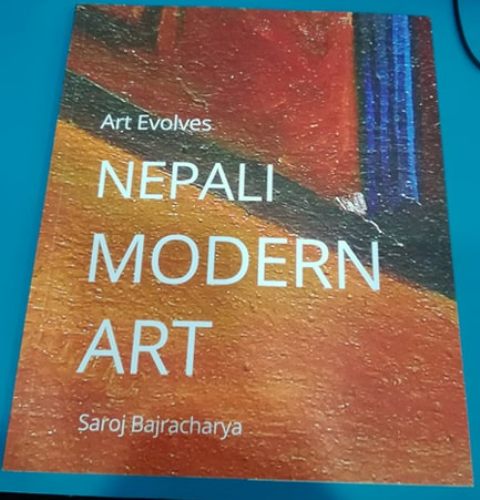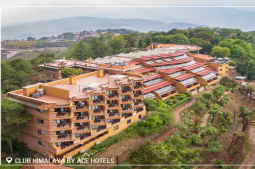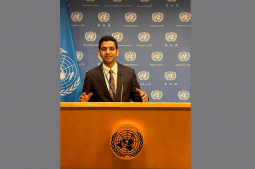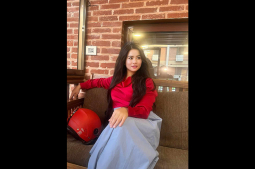5 things to do during your summer holidays
5 years ago

5 years ago

5 years ago

5 years ago

5 years ago

5 years ago

In his book, ‘Art Evolves: Nepali Modern Art’, Saroj Bajracharya displays the path which art took throughout the 20th century into the 21st in Nepal. The book features the opinions of many iconic scholars and experts in the arts. Throughout the story of art’s evolution, many insightful inputs are added displaying the thought process of people and their journeys. The story of those who influence art revolutions are included, their thoughts and situations which guided them to the revolutions made.
The author, Sajor Bajracharya, is an artist, curator and artist in the field of art for an approaching 30 years with the display of solo art exhibitions and group shows with two other books: “Future of History” and “A Concise Introduction to Nepali Modern Sculpture”.
A few art experts that were interviewed for the making of the book include Abhi Subedi, Madan Chitrakar, Manujbabu Mishra, Mukesh Malla, Puran Khadka, Sangeeta Thapa and Thakur Prasad Mainali. There are short biographies of these scholars at the back of the book with their various images of paintings and sculptures dated from 1960 - 1980 primarily displaying many features of traditional concepts and societies.
Bajracharya explores every aspect of the journey through the views of many others in accordance with history and the actual facts. The written language is sophisticated and factual in a formally written format with which the reader might want to read with a dictionary within reach.
The basic flow of the story goes from introducing the topic and exploring the extent of modernism through a philosophical view. Ancient art is analyzed and compared to as regards to modern art and different connections are brought forth. Art primarily is a form of expression of one and their surroundings as well as of themselves. Culture plays a major role in the environment of societies which Bajracharya has described to have been made a clear vision and revelation through the expression of art. There is a description of art institutions and their changes with a new look at art being introduced to the academic sector of art.
The author claims that as the times changed, art did beside it too due to advancement in technology and exposure to social media. The correlation is described with many other aspects to consider as well. In art, there are multiple genres of which the roots are delved into, examining how the common themes came to be in regards to events such as politics, culture and the history of their influences. Throughout Nepal’s timeline, significant changes occurred which are discussed by the author alongside the logic and opinions of others.
It is an easy read with less than 70 pages that explains each event clearly. This book, however, explores the development of art in such depth that those who aren’t very interested in it might not enjoy the book to a great extent. For those who desire a detailed insight into the history of Nepal’s art and how it came to be the way it is, ‘Art Evolves: Nepali Modern Art’ is a great book which describes the journey with insightful ideas, opinions and facts.

- by Republica

- by Republica

- by Republica

Leave A Comment